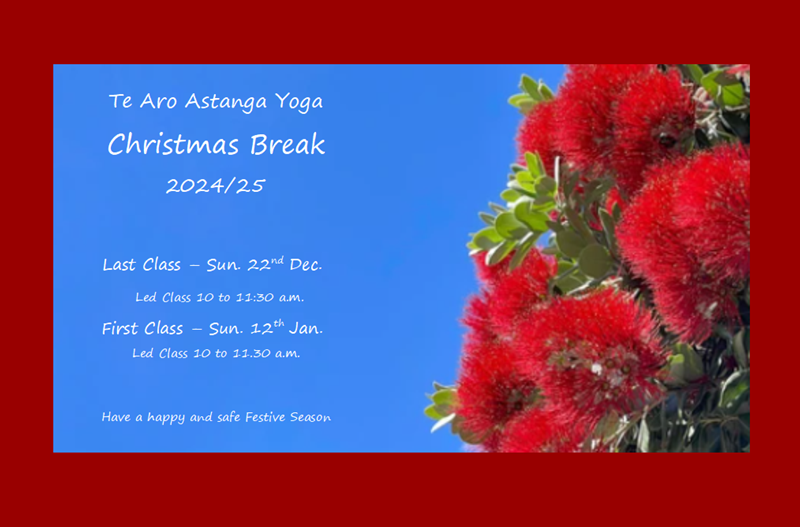There seems to be some concern being expressed in the “Yoga Media” about the current state of Yoga in the West. I have read several articles of late questioning whether the asana oriented practice we do is really Yoga. Most of these articles use Ashtanga Vinyasa Yoga as a typical example of this and of what is wrong with Yoga in the West. Having practiced Ashtanga for 19 years and taught it full time for 13, I thought I would offer some opinions.
I was fortunate enough to travel to Mysore 6 times and to do 3 of Sri K Pattabhi Jois international workshops. In all that time Guruji never left me in any doubt that the practice was not just about asana. He always emphasised that asana was only one limb of Ashtanga and a tool I needed to practice and master to realise the other 7 limbs. He stressed the need to practice Yama and Niyama, but said that this was very, very difficult and that the discipline, courage and strength of mind developed in the asana practice is essential to achieve this. In my experience you cannot stay in the Ashtanga Vinyasa practice for the extended period of time required to fully benefit from it, without losing any obsession with asana you may have. Just as Guruji said, the more I have practiced the more my understanding of the whole of what yoga is has developed. Also as Guruji said, this process has been organic, and inevitable. I also believe that in the right environment with the right teacher, an obsession with asana is a very normal and beneficial thing to have. It is almost everyone’s starting point. The job of a teacher is to temper that enthusiasm and lead each student, in their own time, to a deeper understanding of what yoga really is.
Many of my students come to my classes to practice asana because it is good for their bodies and makes them feel good. That is all they want from the practice, and that is fine by me. Some of my students are interested in more than that, and for some a deeper interest develops over time. It is my privilege to offer a path to these students that was given to me by Guruji, and that continues to work for me.
So, why am I not worried about an asana obsession in the West? Firstly, where are all these yoga teachers who teach that asana and body beautiful is all it is about? I have yet to meet a yoga teacher who does not understand on some level that there is more to Yoga than asana. Secondly, there are more people doing some sort of yoga based practice now than there has ever been. Ever. In these modern times with these numbers practicing there will be some who go deeper and further and it is these few that will keep the Yoga tradition alive and carry it into the future. That can only be a good thing. Meantime, in my experience you cannot practice asana for an extended period of time without a deeper understanding of Yoga developing. Whatever your initial motivation. Like Guruji always said, “practice, practice, practice, and all is coming.”

Thank you so much for your wise words.I totally agree with you….Yoga is much more than just Asana practice….without the practice very few of us have the required strength and courage to lead a life based on the principles of Yama and niyama.
I as a teacher find it a little difficult to introduce the principles of Y@N…however i am getting there mostly by example.
Namaste….Baba.
Thank you for the comment, Baba. It is difficult to know how and when to inform students about Yama and Niyama. I tend to leave it until a student asks me. To me, this indicates a readiness on their part to find out about these things. Otherwise, I don’t push it at all.
Cheers, Mike.